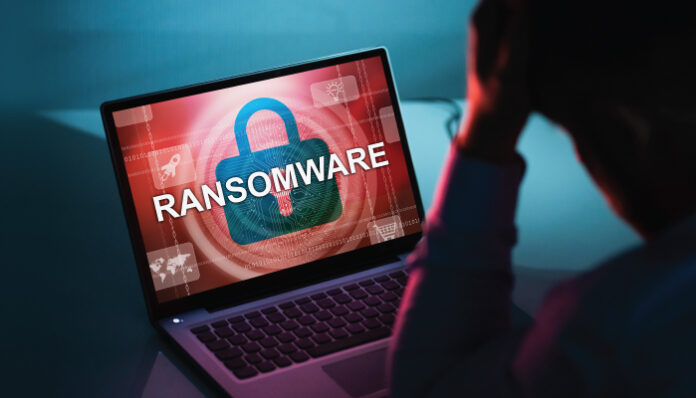Cybercriminals today can even execute full-blown ransomware attacks without having the skills or resources to deploy one. Ransomware-as-a-service (RaaS) is flourishing, and malicious actors leverage such lucrative services to accomplish their goals.
RaaS vendors sell or lease their malware code on the underground forums that the amateur attacker can leverage to enhance their capabilities to distribute and manage ransomware campaigns. The cybercrime industry has become so sophisticated that even the ransomware developer gets a huge cut from the ransom victims’ extortion for the decryption key.
One of the most significant influences of the RaaS business model is that it has become a legit enterprise with malicious intentions. To prevent the enterprise from malicious ransomware and other cyber threats, CISOs should consider developing an efficient security posture and tech stack to secure the IT infrastructure.
Also Read: Three Best Practices to Identify Cybercrime in a High-Risk Environment
This article will overview a few ways that enterprises can leverage to stay secure:
Detect, Respond, Mitigate, Recover and Reduce
SecOps teams’ need to ensure they have effective security tools and governance policies integrated to minimize the exposure to ransomware attacks. It is crucial to secure sensitive data and set ransomware recovery plans to reduce the risk of data loss. Enterprises need to have an effective threat monitoring tool that monitors the entire IT infrastructure constantly to identify and notify threats to the SecOps teams. Once the team identifies an intrusion in the business network, they need to respond in real-time by evaluating the business impacts and strategies to mitigate the risks. After the risk is completely eliminated from the business network, CISOs should consider recovering data and restarting applications quickly to have minimum impact on critical business operations. IT decision-makers need to identify the potential attack surface areas that were exposed and patch them to reduce the future costs related to business disruptions, remediation, recovery, and potential ransom extortion demands.
Implement Tools to Detect Ransomware Intrusions in the Early Infiltration Stage
Organizations can leverage Artificial Intelligence (AI) and Machine Learning (ML) capabilities to set a security baseline for every node. Enterprises can even use AI and ML tools to track behaviors and patterns that stand apart from the baselines. Systems should be capable of identifying suspicious behaviors like abnormal file change rates and unusual file system sizes to enable the SecOps teams to react immediately and restrict the ransomware attack before it creates significant damage to the IT infrastructure.
Identify and Secure Sensitive Data
Malicious actors leverage ransomware attacks as vectors to steal sensitive business information and extort ransom from the client. CISOs should consider evaluating the entire IT infrastructure to identify potentially sensitive information that the cybercriminal will be attracted to steal. SecOps teams need to defend sensitive business data with due diligence and add multiple layers of security before accessing it.
Also Read: Top Three Mistakes Enterprises Should Avert When Creating DevSecOps
Automation
Enterprises need to integrate automated cybersecurity solutions that can adapt to scale according to security needs. SecOps teams can customize the platform-led delivery and automation capabilities to suit the enterprises’ security requirements. Organizations need to develop a customized framework to test instances from the last backup and execute an isolated restore to avoid data loss. After the system resources, all checkpoints are validated and logged in automatically the restored instances can be deleted once the activity is accomplished.
For more such updates follow us on Google News ITsecuritywire News. Please subscribe to our Newsletter for more updates.








